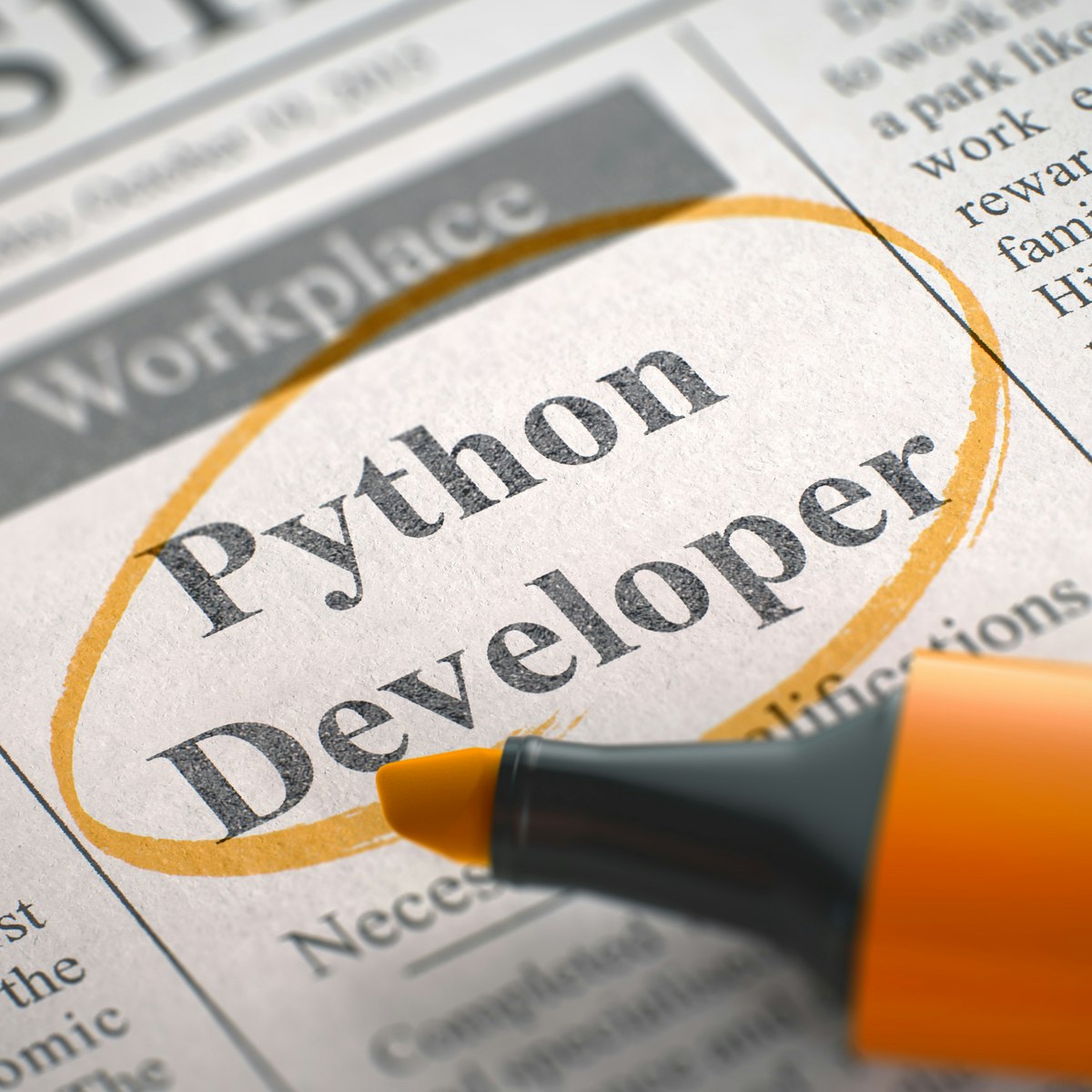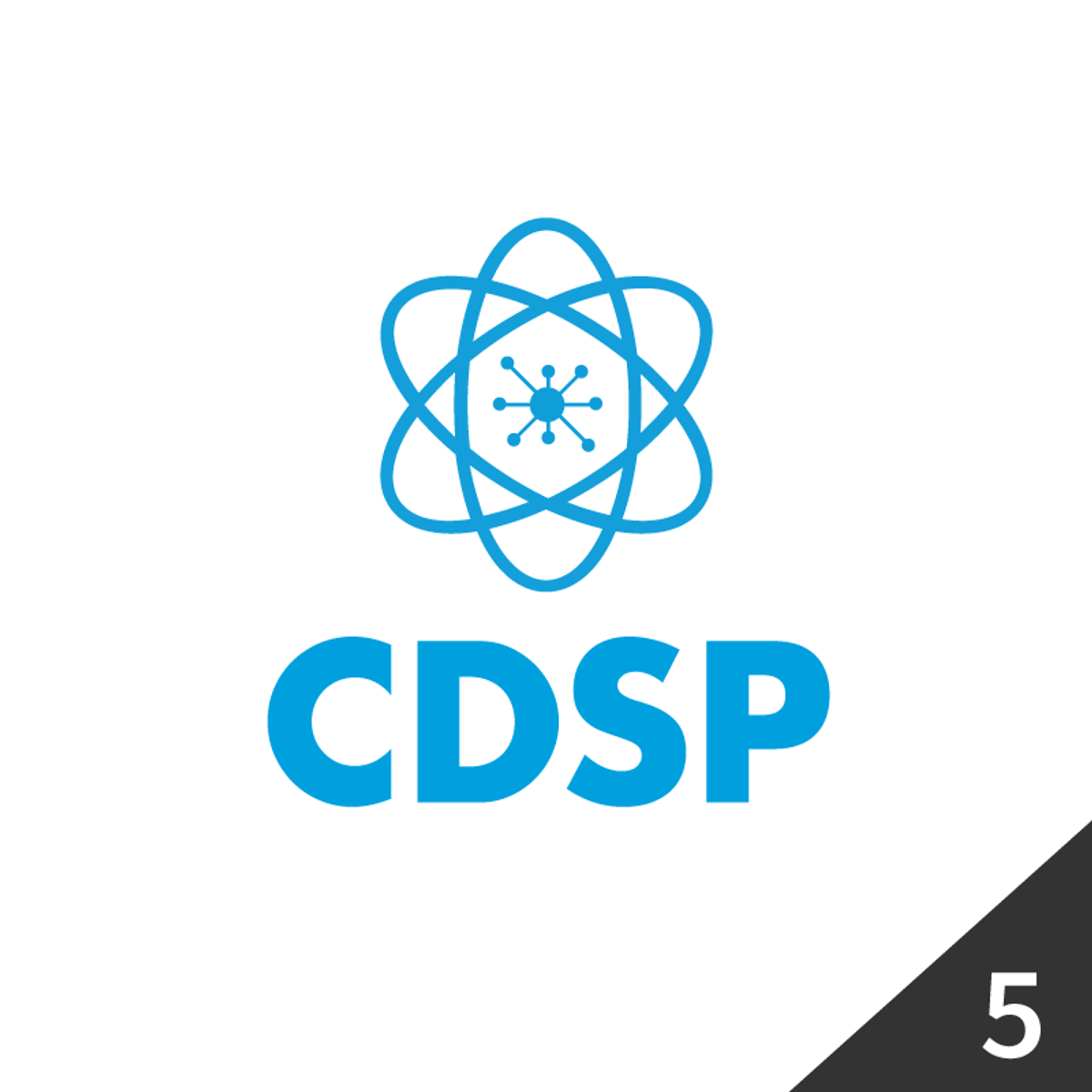Back to Courses









Data Science Courses - Page 126
Showing results 1251-1260 of 1407

Python Data Analysis
This course will continue the introduction to Python programming that started with Python Programming Essentials and Python Data Representations. We'll learn about reading, storing, and processing tabular data, which are common tasks. We will also teach you about CSV files and Python's support for reading and writing them. CSV files are a generic, plain text file format that allows you to exchange tabular data between different programs. These concepts and skills will help you to further extend your Python programming knowledge and allow you to process more complex data.
By the end of the course, you will be comfortable working with tabular data in Python. This will extend your Python programming expertise, enabling you to write a wider range of scripts using Python.
This course uses Python 3. While most Python programs continue to use Python 2, Python 3 is the future of the Python programming language. This course uses basic desktop Python development environments, allowing you to run Python programs directly on your computer.
Finalize a Data Science Project
This course is designed for business professionals that want to learn how to gather results from previous stages of the data science project and present them to stakeholders. Learners will communicate the results of a model to stakeholders, be shown how to build a basic web app to demonstrate machine learning models and implement and test pipelines that automate the model training, tuning and deployment processes.
The typical student in this course will have completed previous courses in the CDSP professional certificate program, and have several years of experience with computing technology, including some aptitude in computer programming.

Big Data Integration and Processing
At the end of the course, you will be able to:
*Retrieve data from example database and big data management systems
*Describe the connections between data management operations and the big data processing patterns needed to utilize them in large-scale analytical applications
*Identify when a big data problem needs data integration
*Execute simple big data integration and processing on Hadoop and Spark platforms
This course is for those new to data science. Completion of Intro to Big Data is recommended. No prior programming experience is needed, although the ability to install applications and utilize a virtual machine is necessary to complete the hands-on assignments. Refer to the specialization technical requirements for complete hardware and software specifications.
Hardware Requirements:
(A) Quad Core Processor (VT-x or AMD-V support recommended), 64-bit; (B) 8 GB RAM; (C) 20 GB disk free. How to find your hardware information: (Windows): Open System by clicking the Start button, right-clicking Computer, and then clicking Properties; (Mac): Open Overview by clicking on the Apple menu and clicking “About This Mac.” Most computers with 8 GB RAM purchased in the last 3 years will meet the minimum requirements.You will need a high speed internet connection because you will be downloading files up to 4 Gb in size.
Software Requirements:
This course relies on several open-source software tools, including Apache Hadoop. All required software can be downloaded and installed free of charge (except for data charges from your internet provider). Software requirements include: Windows 7+, Mac OS X 10.10+, Ubuntu 14.04+ or CentOS 6+ VirtualBox 5+.

Introduction to PyMC3 for Bayesian Modeling and Inference
The objective of this course is to introduce PyMC3 for Bayesian Modeling and Inference, The attendees will start off by learning the the basics of PyMC3 and learn how to perform scalable inference for a variety of problems. This will be the final course in a specialization of three courses .Python and Jupyter notebooks will be used throughout this course to illustrate and perform Bayesian modeling with PyMC3.. The course website is located at https://sjster.github.io/introduction_to_computational_statistics/docs/index.html. The course notebooks can be downloaded from this website by following the instructions on page https://sjster.github.io/introduction_to_computational_statistics/docs/getting_started.html.
The instructor for this course will be Dr. Srijith Rajamohan.

Storytelling With Data
We all love stories, so why don't we use more of them at work? In this project we will help you learn some tools of good storytelling and create one for a freely available data set from KIVA, the microloan organization.

Simulation Models for Decision Making
This course is primarily aimed at third- and fourth-year undergraduate students or graduate students interested in learning simulation techniques to solve business problems.
The course will introduce you to take everyday and complex business problems that have no one correct answer due to uncertainties that exist in business environments. Simulation modeling allows us to explore various outcomes and protect personal or business interests against unwanted outcomes. We can model uncertainties by using the concepts of probability and stepwise thinking. Stepwise thinking allows us to break down the problem in smaller components, explore dependencies between related events and allows us to focus on aspects of problem that are prone to changes due to future uncertainties.
The course will introduce you to advanced Excel techniques to model and execute simulation models. Many of the Excel techniques learned in the course will be useful beyond simulation modeling. We will learn both Monte Carlo simulation techniques where overall outcome is of primary interest and discrete event simulation where intermediate dependencies between related events might be of interest. The course will introduce you to several practical issues in simulation modeling that are normally not covered in textbooks. The course uses a few running examples throughout the course to demonstrate concepts and provide concrete modeling examples.
After taking the course a student will be able to develop fairly advanced simulation models to explore fairly broad range of business environments and outcomes.

Information Visualization: Applied Perception
This module aims at introducing fundamental concepts of visual perception applied to information visualization. These concepts help the student ideate and evaluate visualization designs in terms of how well they leverage the capabilities of the human perceptual machinery.

A Crash Course in Data Science
By now you have definitely heard about data science and big data. In this one-week class, we will provide a crash course in what these terms mean and how they play a role in successful organizations. This class is for anyone who wants to learn what all the data science action is about, including those who will eventually need to manage data scientists. The goal is to get you up to speed as quickly as possible on data science without all the fluff. We've designed this course to be as convenient as possible without sacrificing any of the essentials.
This is a focused course designed to rapidly get you up to speed on the field of data science. Our goal was to make this as convenient as possible for you without sacrificing any essential content. We've left the technical information aside so that you can focus on managing your team and moving it forward.
After completing this course you will know.
1. How to describe the role data science plays in various contexts
2. How statistics, machine learning, and software engineering play a role in data science
3. How to describe the structure of a data science project
4. Know the key terms and tools used by data scientists
5. How to identify a successful and an unsuccessful data science project
3. The role of a data science manager
Course cover image by r2hox. Creative Commons BY-SA: https://flic.kr/p/gdMuhT
Preparing for the SAS Programming Certification Exam
In this course you have the opportunity to use the skills you acquired in the two SAS programming courses to solve realistic problems. This course is also designed to give you a thorough review of SAS programming concepts so you are prepared to take the SAS Certified Specialist: Base Programming Using SAS 9.4 Exam.

Query Client Data with LibreOffice Base
By the end of this project you will have used the Query Design window in LibreOffice Base to construct and run queries that retrieve, sort, filter, and perform calculations on data from a multi-table relational Client database. Results returned from a query can be used to analyze client data to support business decisions.
Note: This course works best for learners who are based in the North America region. We’re currently working on providing the same experience in other regions.
